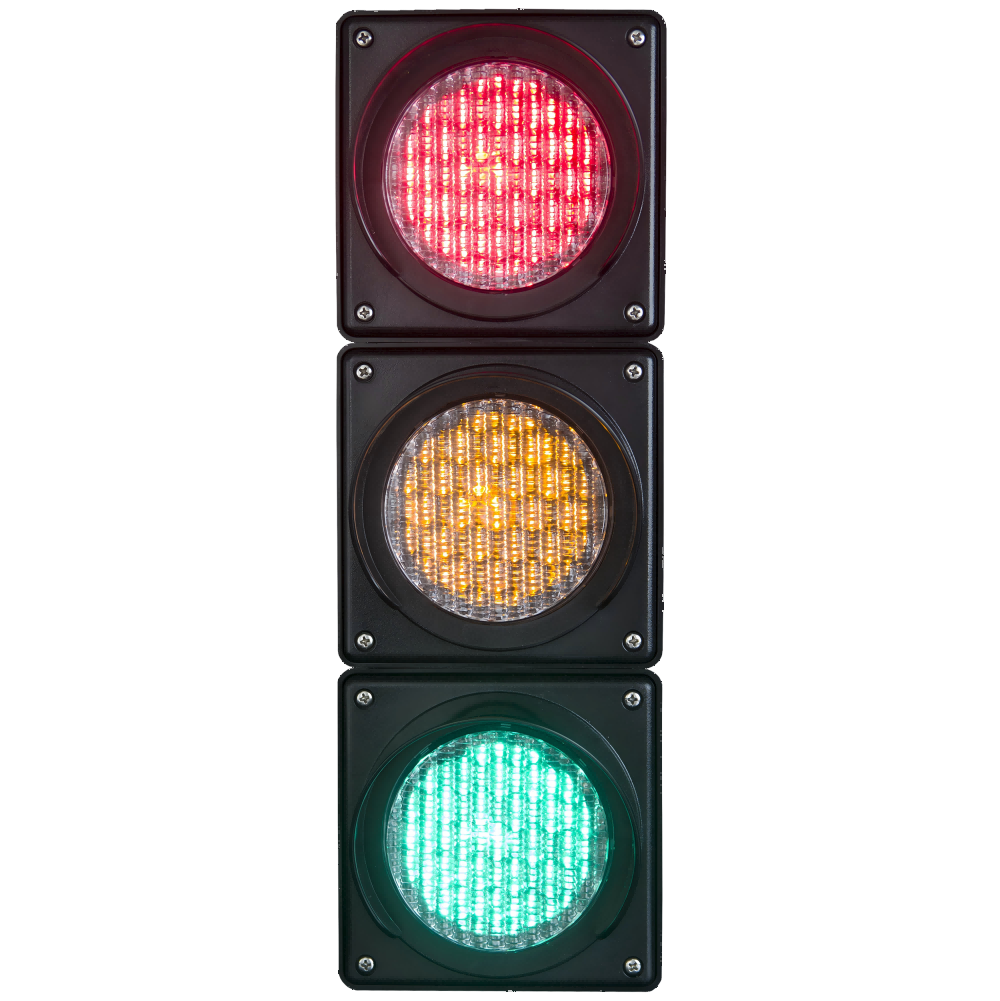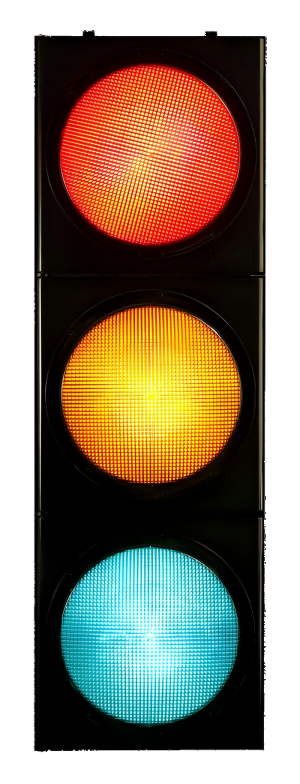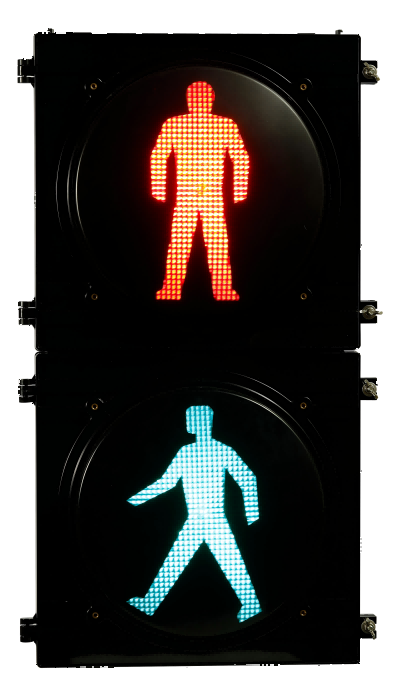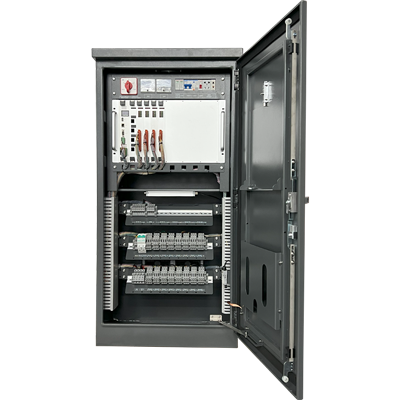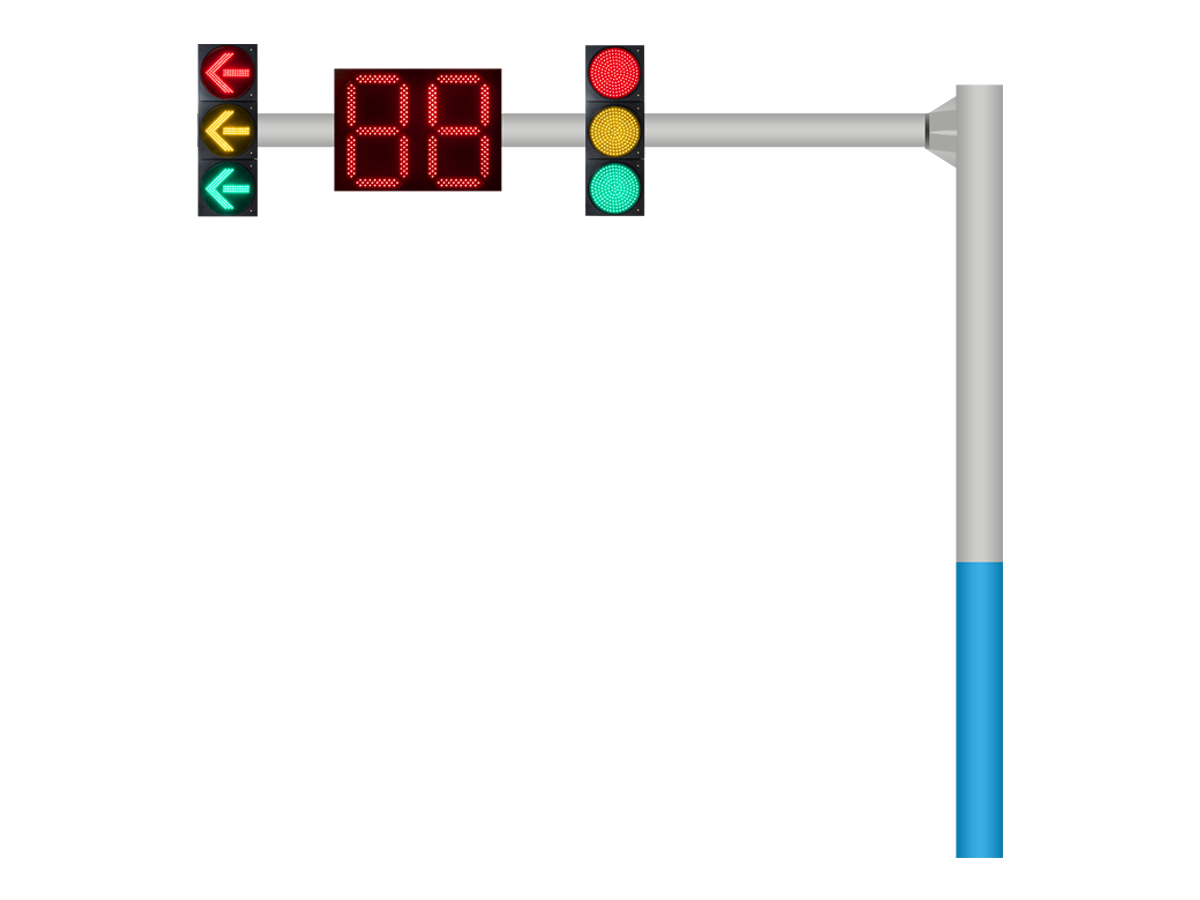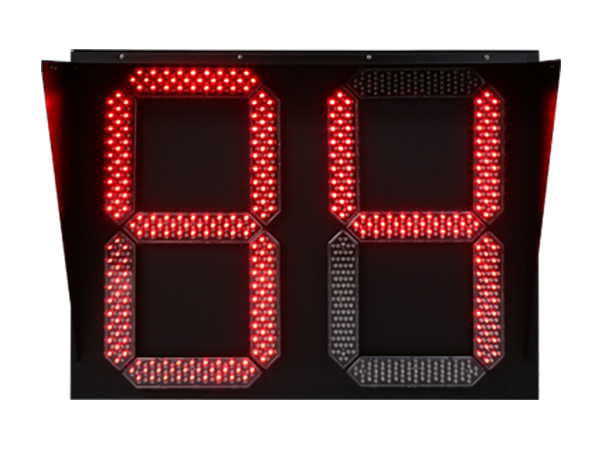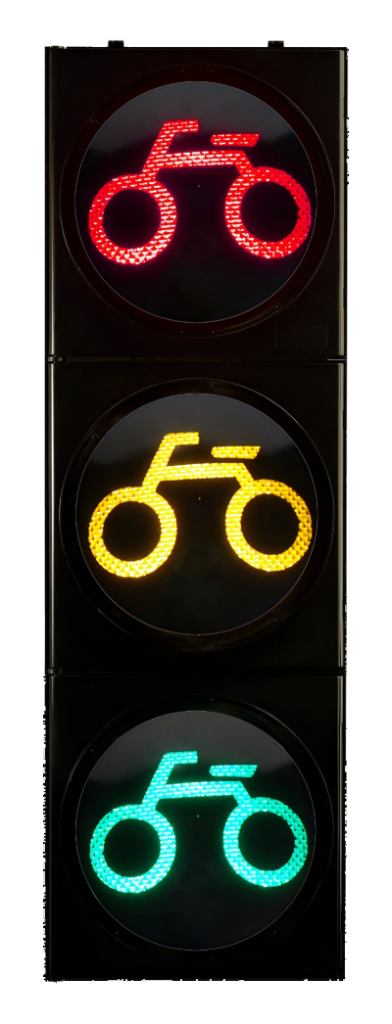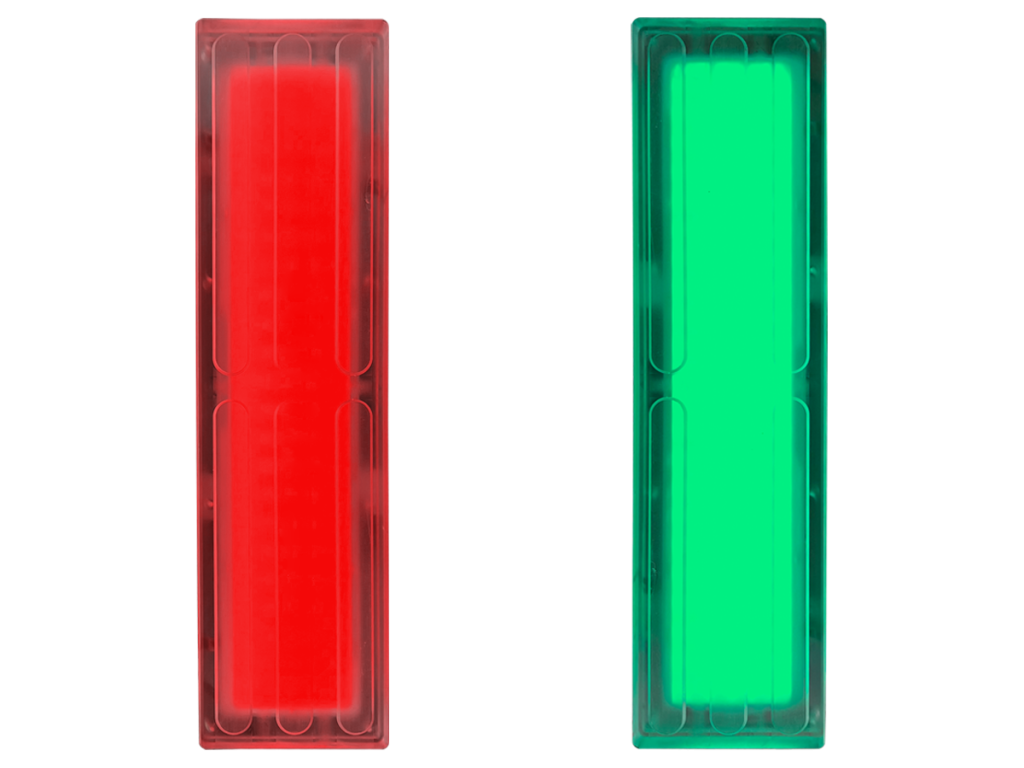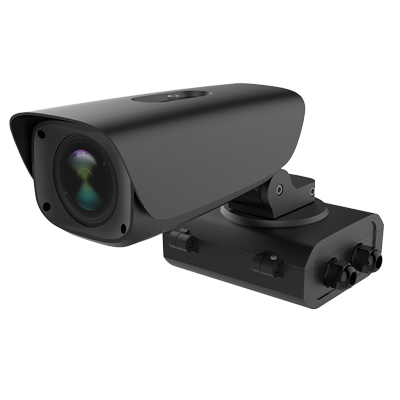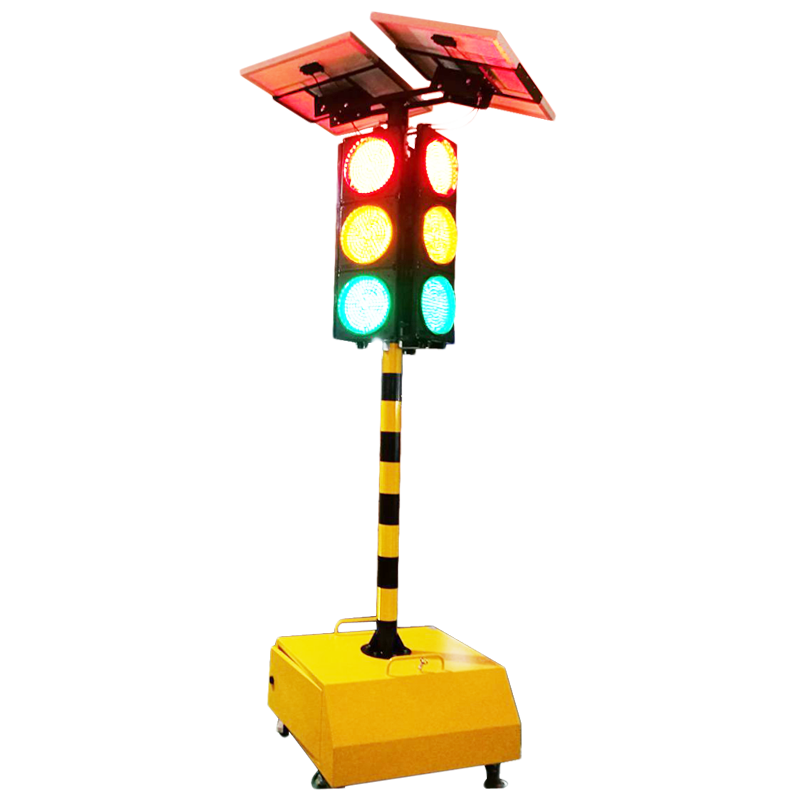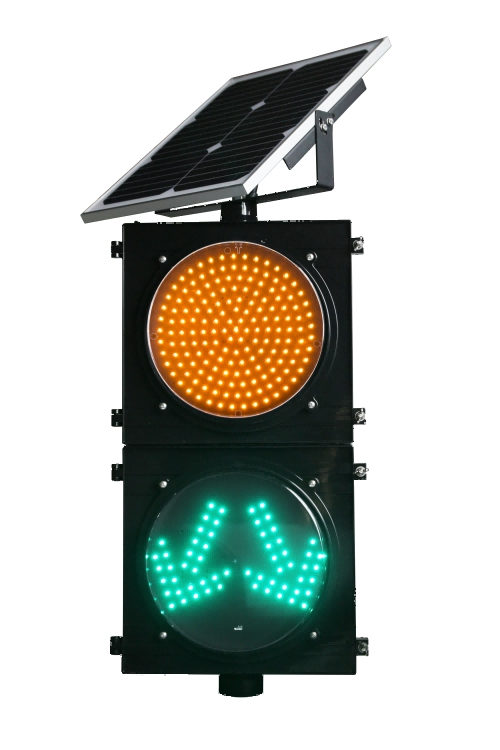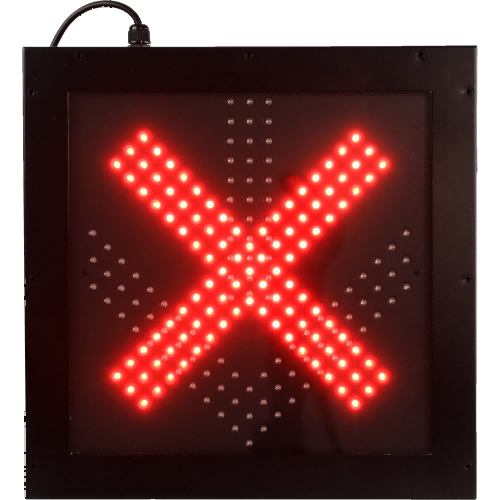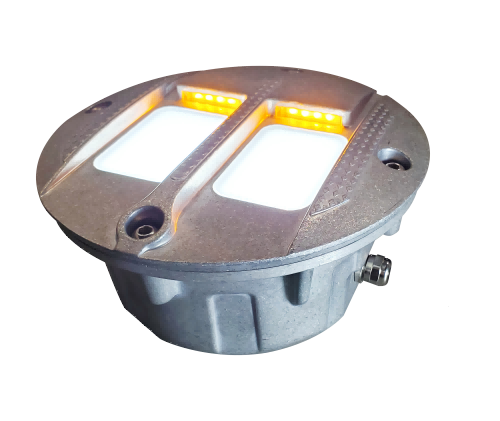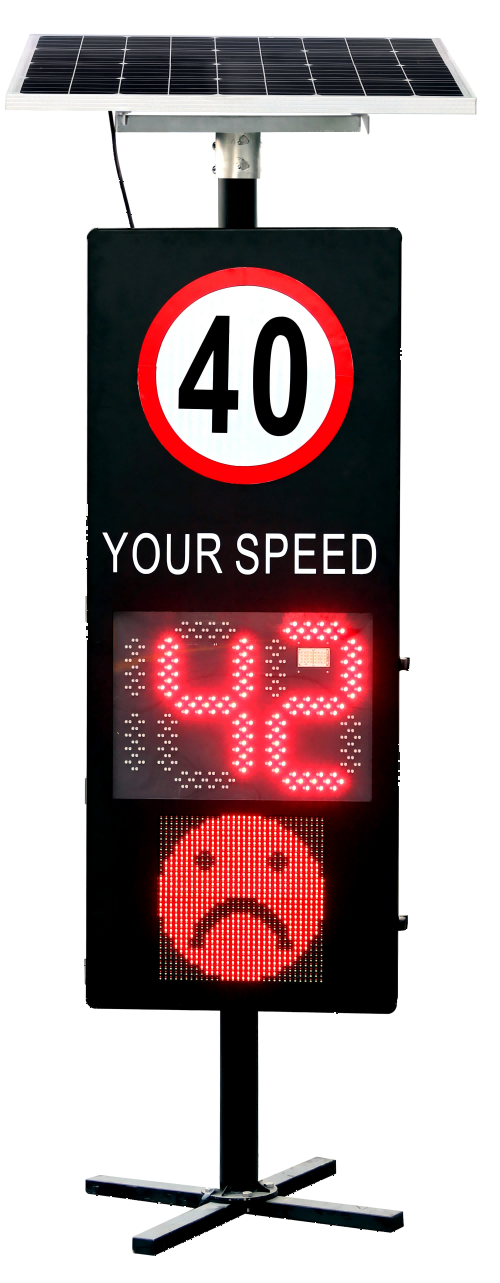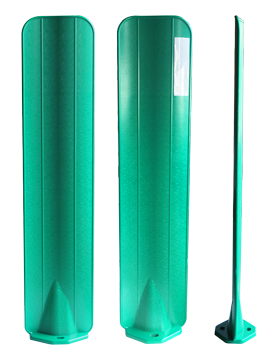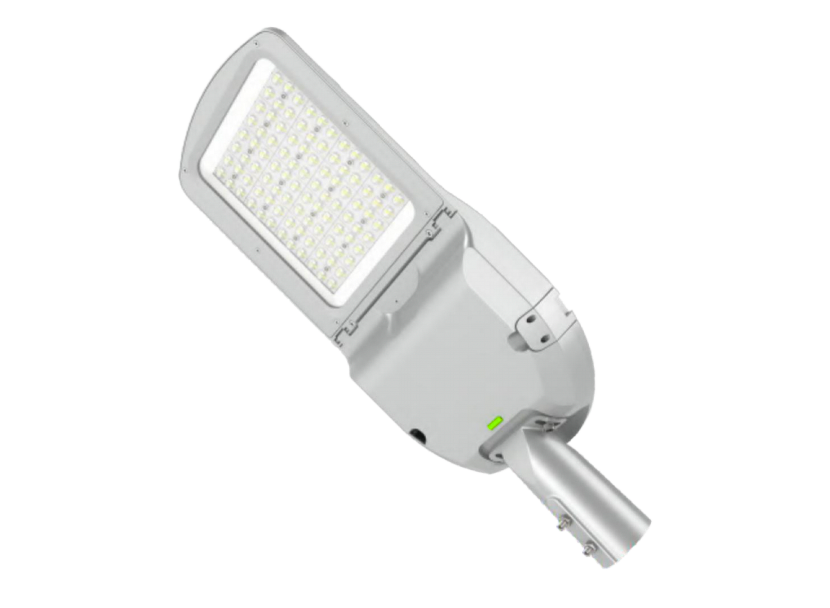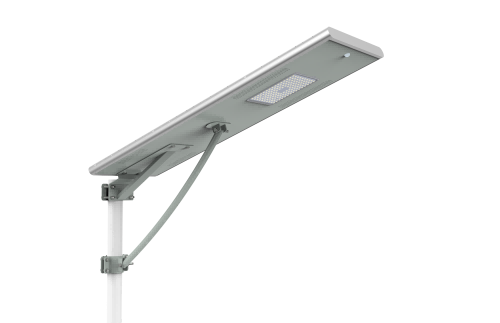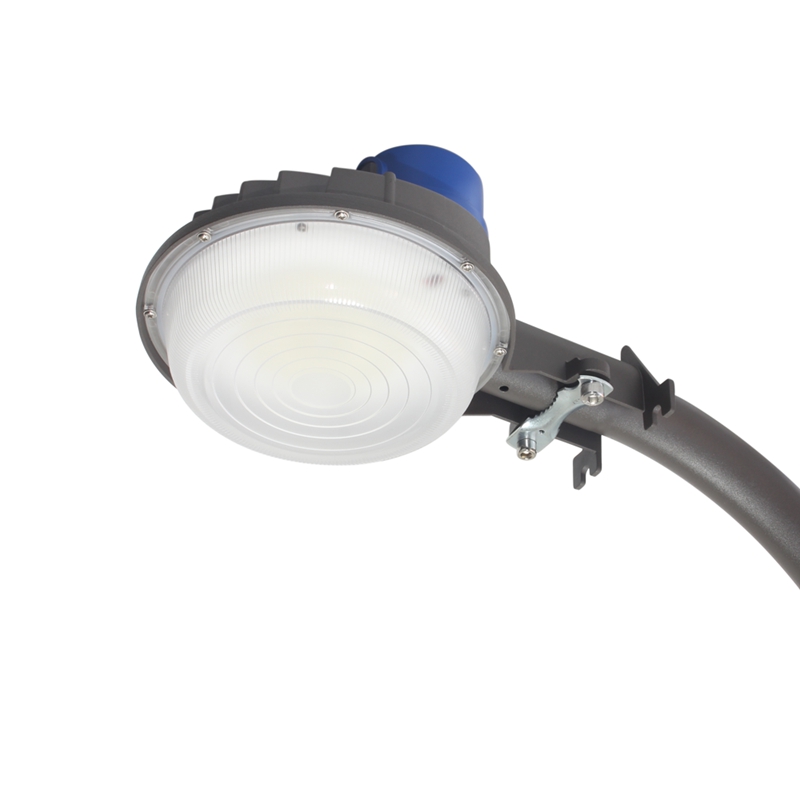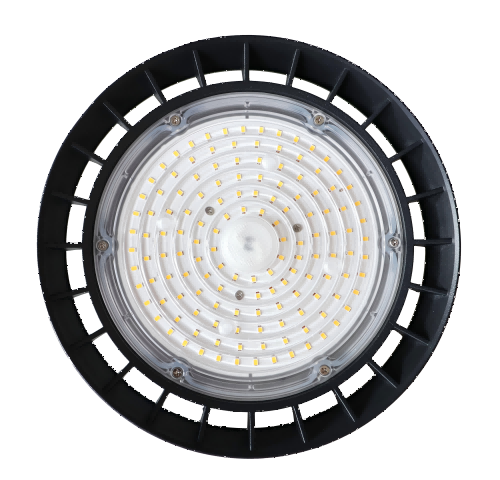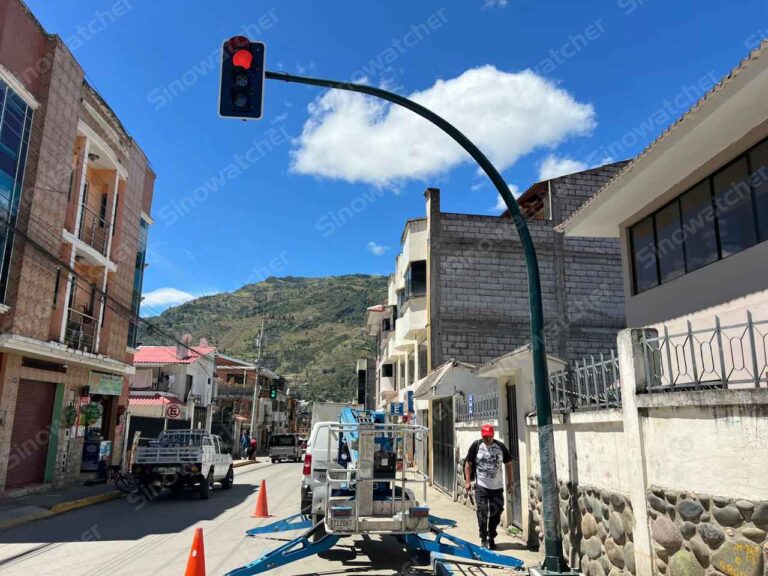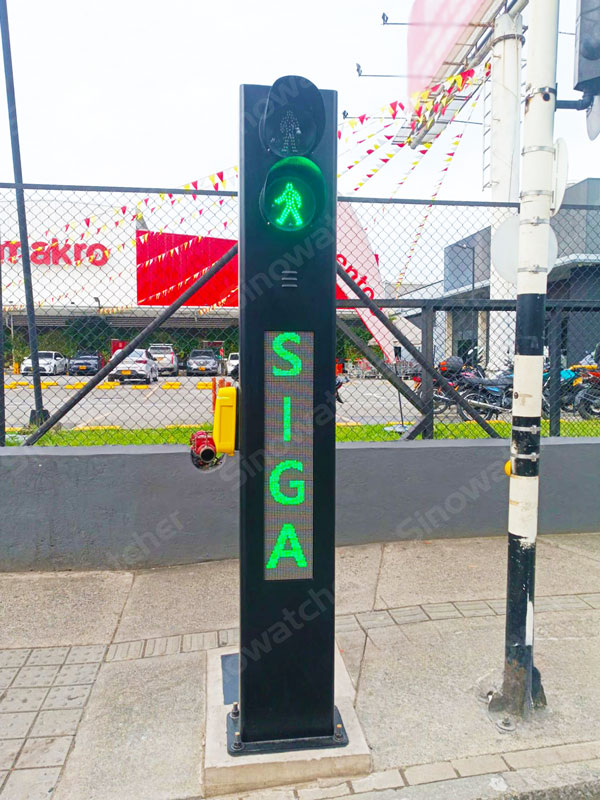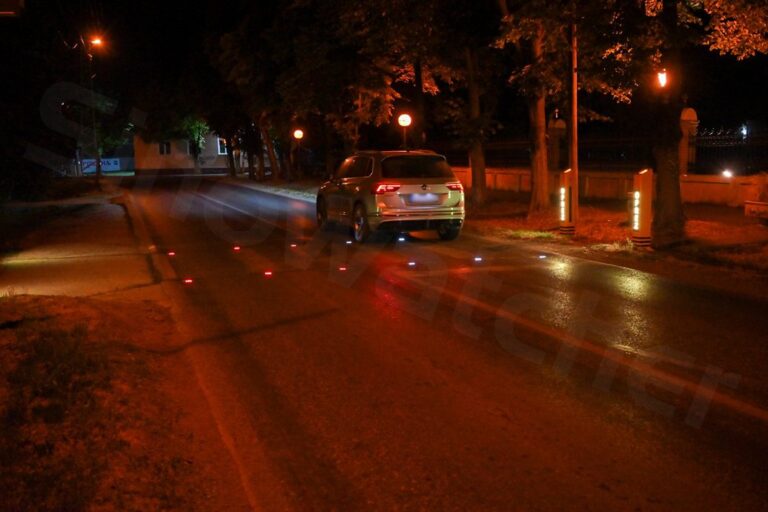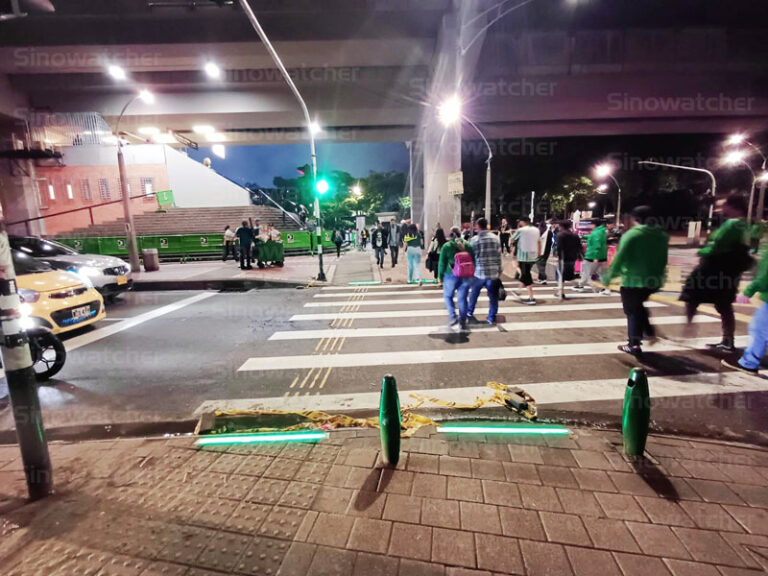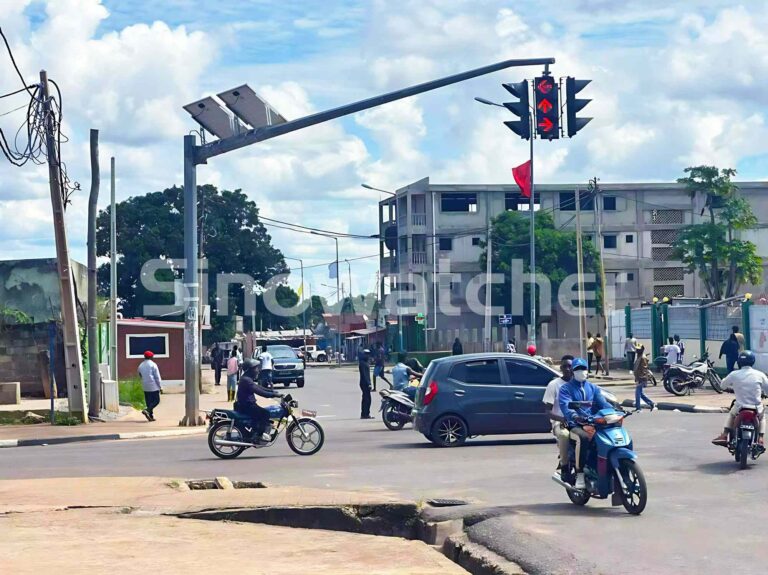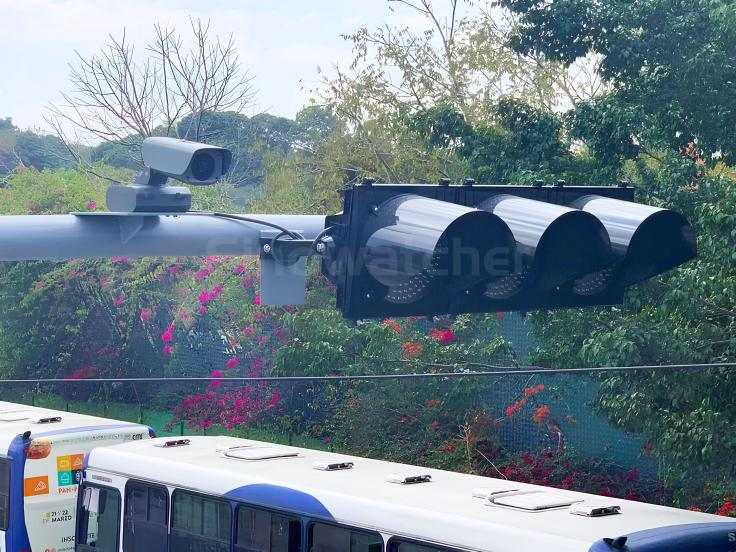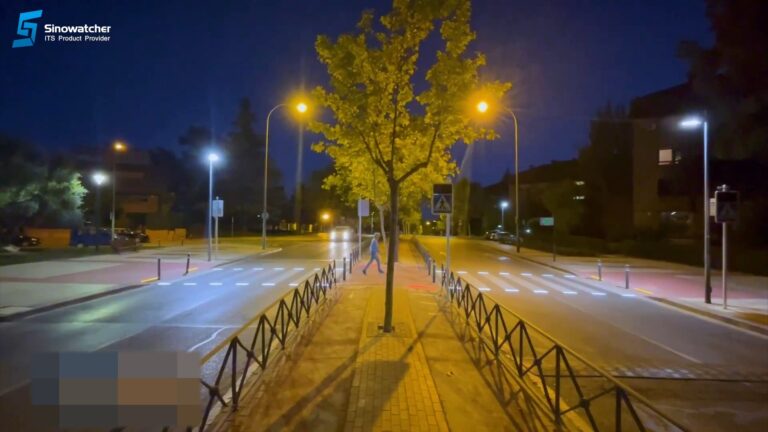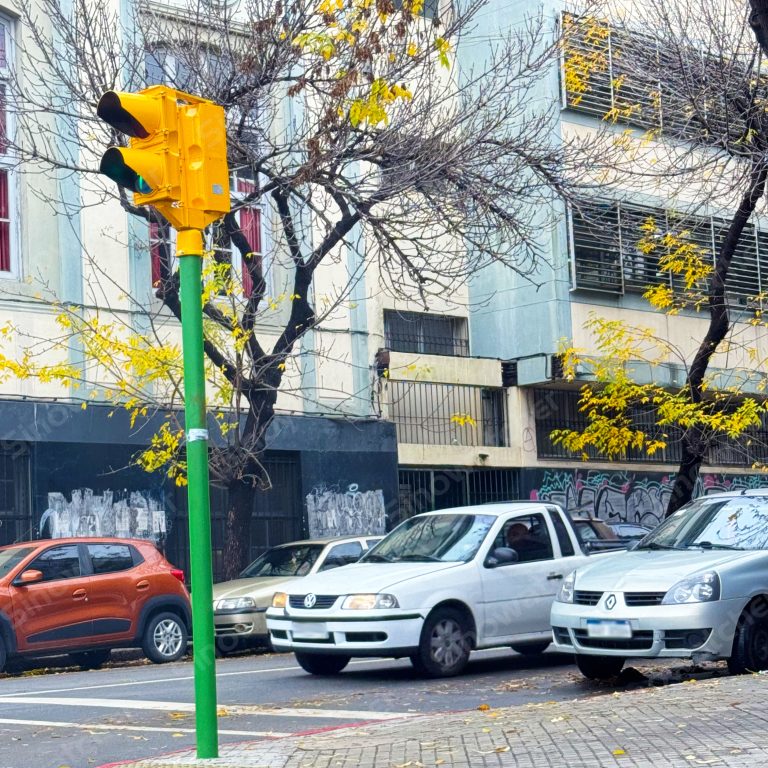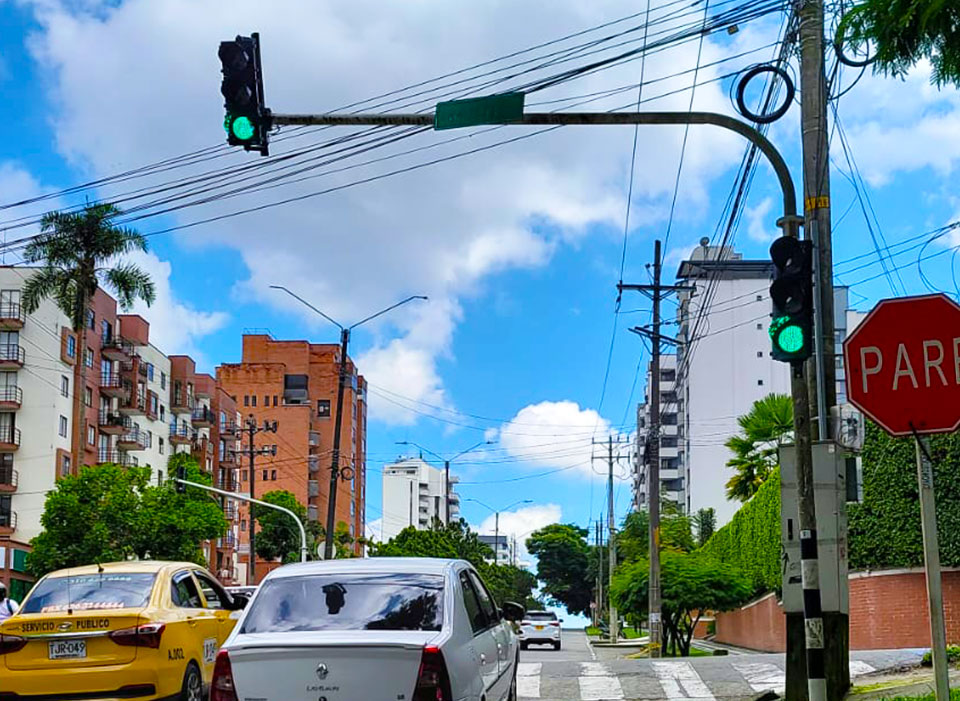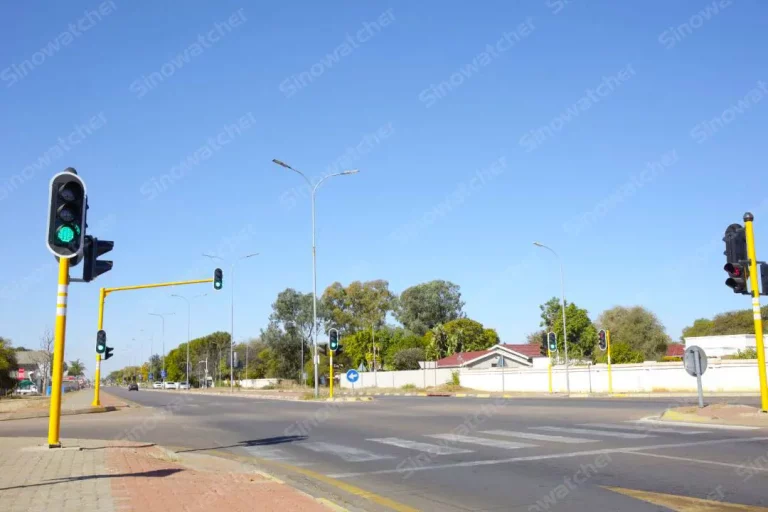For ITS engineers, system integrators, and infrastructure planners from European or other regions, meeting the standard of European selection, the excellent performance traffic signal head goes far beyond a simple procurement choice. It directly impacts road safety, traffic efficiency, and regulatory compliance. A well-designed, high-performance signal head helps ensure that drivers receive clear, reliable indications in all weather and lighting conditions—contributing to smoother traffic flow and reducing the likelihood of collisions.
This article can help you understand the key considerations from EN 12368 when selecting signal heads.
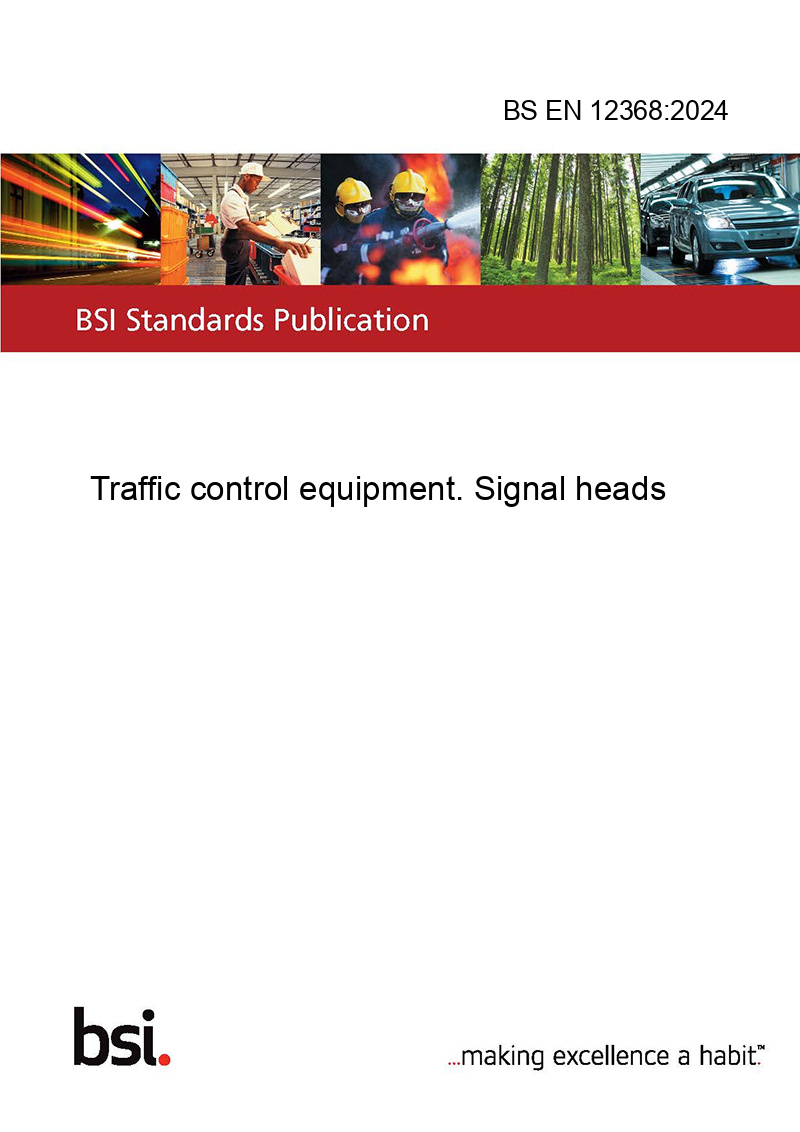
Understanding EN 12368 Standard
EN 12368: Трафик Control Equipment – Signal Heads is one of the most important European standards that governs the design, durability, and performance of traffic signals. Thus ensuring safety on European roads and performance consistency.
This standard mainly includes the following contents:
- Hardware design requirements
- Environmental durability requirements
- EMC and electrical safety requirements
- Optical performance requirements
- Functional requirements
Hardware Design Requirements for Traffic Signal Heads
- Shape: EN 12368 specifies that optical units must be circular, because the circular unit conforms to the usage habits of the vast majority of countries in Europe and even around the world. If it is changed to a square or other shape, it may increase the driver’s reaction time and bring safety risks.
- Physical Dimensions: EN 12368 specifies that the nominal diameter of optical units are 200 mm or 300 mm,±10%. These two sizes have become a “universal language” for traffic signals worldwide, adapting to diverse road scenarios while simplifying manufacturing and maintenance. Other diameters may voluntarily comply, but are not mandatory.
- Ingress protection: To ensure the water and dust protection capability of signal heads, EN12368 defines five performance classes of ingress protection(IP). Especially, if the signal head is exposed independently to the outdoor environment, it must meet class IV and V to ensure durability. But if it meets class V, it is necessary to consider that condensation may occur inside the enclosure due to differences in temperature and humidity inside and outside the enclosure.
| Class | class I | class II | class III | class IV | class V |
| IP code | IP 44 | IP 45 | IP54 | IP55 | IP65 |
- Impact resistance: EN12368 defines three performance classes of impact resistance (IR1, IR2, and IR3), which are measured using a 50 mm steel ball (0.51 kg) dropped from different heights up to 0.1m,0.4m, or 1.3 m. Effectively avoid the risk of man-made malicious damage and wind-induced hail impact damage.
- Integrity: Heavy trucks traveling at high speeds on the road will cause strong vibrations to the upright and L-shaped poles on the roadside. At this time, the signal lights installed on the poles need to consider the vibration resistance.
Environmental Durability Requirements
Traffic signals face extreme outdoor conditions. EN 12368 defines three operational temperature classes:
| Class | Temperature ranges | Приложение |
| Class A | -15℃ to +60℃ | typical urban applications |
| Class B | -25℃to +55℃ | colder climates |
| Class C | -40℃ to +40℃ | extreme northern regions |
Beyond temperature, the materials must be corrosion-resistant and UV-stable. A visor or lens that discolors after just two years could lead to misinterpretation of signals, so the standard enforces strict weathering performance.
EMC and Electrical Safety for ITS Reliability
- EMC: There may be high-voltage transmission cables and other various wireless equipment at the intersection. In order to prevent interference, ensure that traffic lights neither emit disruptive interference nor malfunction in the presence of strong radio signals.EN 12368 requires signal heads to comply with EN 50293 for electromagnetic compatibility,
- Electrical Safety: To avoid electric shock risks to maintenance personnel and prevent cable short circuits during maintenance, EN12368 requires that the electrical safety of signal heads comply with EN 50556, requiring proper insulation and secure connections.
Optical Performance: The Heart of EN 12368
- Color: Signal colors (red, yellow/amber, green) must comply with CIE chromaticity coordinates, guaranteeing that drivers can distinguish between them even in bright sunlight.
- Luminous intensity: EN 12368 defines 9 luminous intensity ranges, allowing engineers to choose a suitable Luminous intensity for urban or rural installations.
| Luminous intensity range | Level 1/0 | Level 2/0 | Level 3/0 |
| Imin-Imax | 100cd-200d | 200cd-400cd | 400cd-600cd |
| Luminous intensity range | Level 1/1 | Level 2/1 | Level 3/1 |
| Imin-Imax | 100cd-400cd | 200cd-800cd | 400cd-1000cd |
| Luminous intensity range | Level 1/2 | Level 2/2 | Level 3/2 |
| Imin-Imax | 100cd-1100cd | 200cd-2000cd | 400cd-2500cd |
- Luminous intensity distribution: Four luminous intensity distribution types(Extra Wide, Wide, Medium, Narrow) are specified in EN12368. Urban areas prefer wide distribution to ensure visibility at close range. Rural roads often require narrow distribution to project light over distances exceeding 150 m.
- Luminance uniformity: Luminance uniformity is measured as Lmin: Lmax, with ratios such as 1:10 for Type E and 1:15 for Type N to avoid bright hotspots.
| luminous intensity distribution | The ratio of Lmin to Lmax |
| Type E | Lmin: Lmax≥1:10 |
| Type W | |
| Type M | |
| Type N | Lmin/Lmax≥1:15 |
- Phantom Signal Resistance: The reflection of sunlight on the light-emitting surface of the signal head will produce phantom signals. EN 12368 sets ratios between measured luminous intensity (Is) and phantom intensity (Iph) to quantify the phantom signal effect. For roads that allow high-speed driving, it is necessary to consider the traffic safety issues caused by phantom signals.
| color of optical units | When the angle of the incident light is 10 degrees from the reference axis, | ||||
| the ratio of the Is(measured intensity of optical units) to the Iph (phantom signal intensity) | |||||
| class 1 | class 2 | class 3 | class 4 | class 5 | |
| red, yellow | ≥1 | ≥5 | ≥4 | ≥8 | ≥16 |
| green | ≥1 | ≥1 | ≥8 | ≥16 | ≥16 |
| Higher ratio = better phantom signal resistance. | |||||
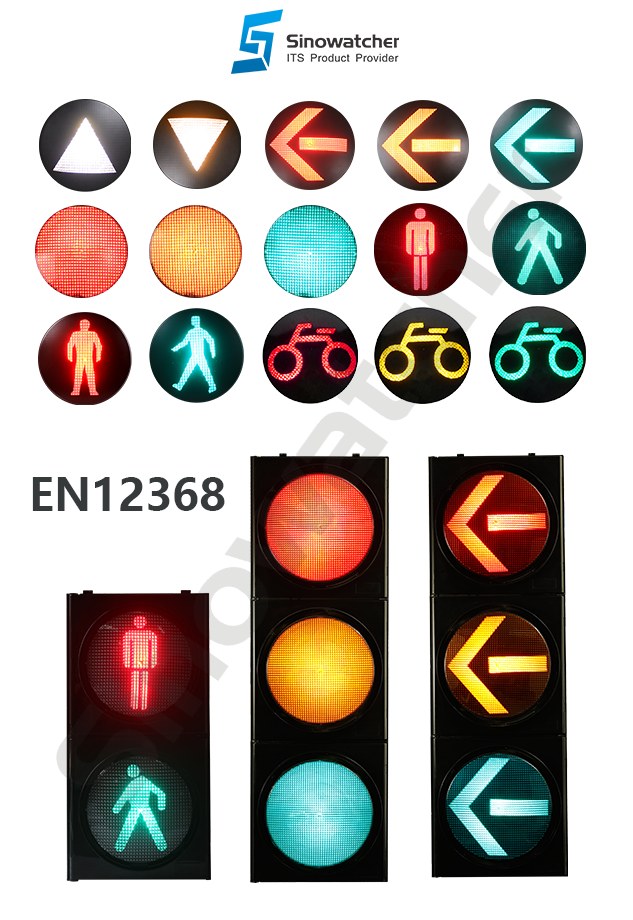
Functional Requirements
- Dimming: EN12368 refers to the dimming profiles of the signal heads in CLC/TS 50509. Class D1 heads automatically reduce luminous intensity during low-traffic hours at night, which can lower energy consumption by up to 50%.
- Symbol Signals: EN12368 defines the luminous intensity requirements for symbol signals. Symbol type based on different traffic rules.Such as pedestrian or arrows as the light-emitting surface graphics. Class S1 indicates luminous intensity requirements meet EN12368, and class S2 indicates the luminous intensity requirements meet EN12368 can be reduced to 50% while maintaining visibility. Obviously, the class S2 symbol signal can lower energy consumption than class S1.
- Frequency of pulse mode: When the light sources of a signal head are operating in a pulse mode, this frequency shall not be less than 90 Hz. Lower frequencies may cause flicker visible to cameras, interfering with traffic violation evidence.

